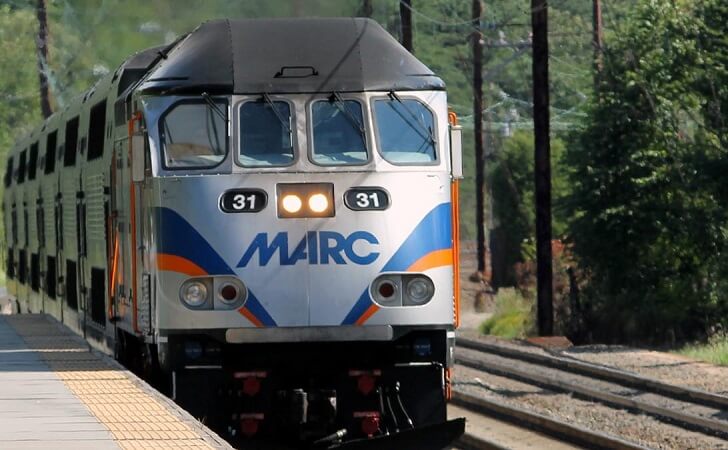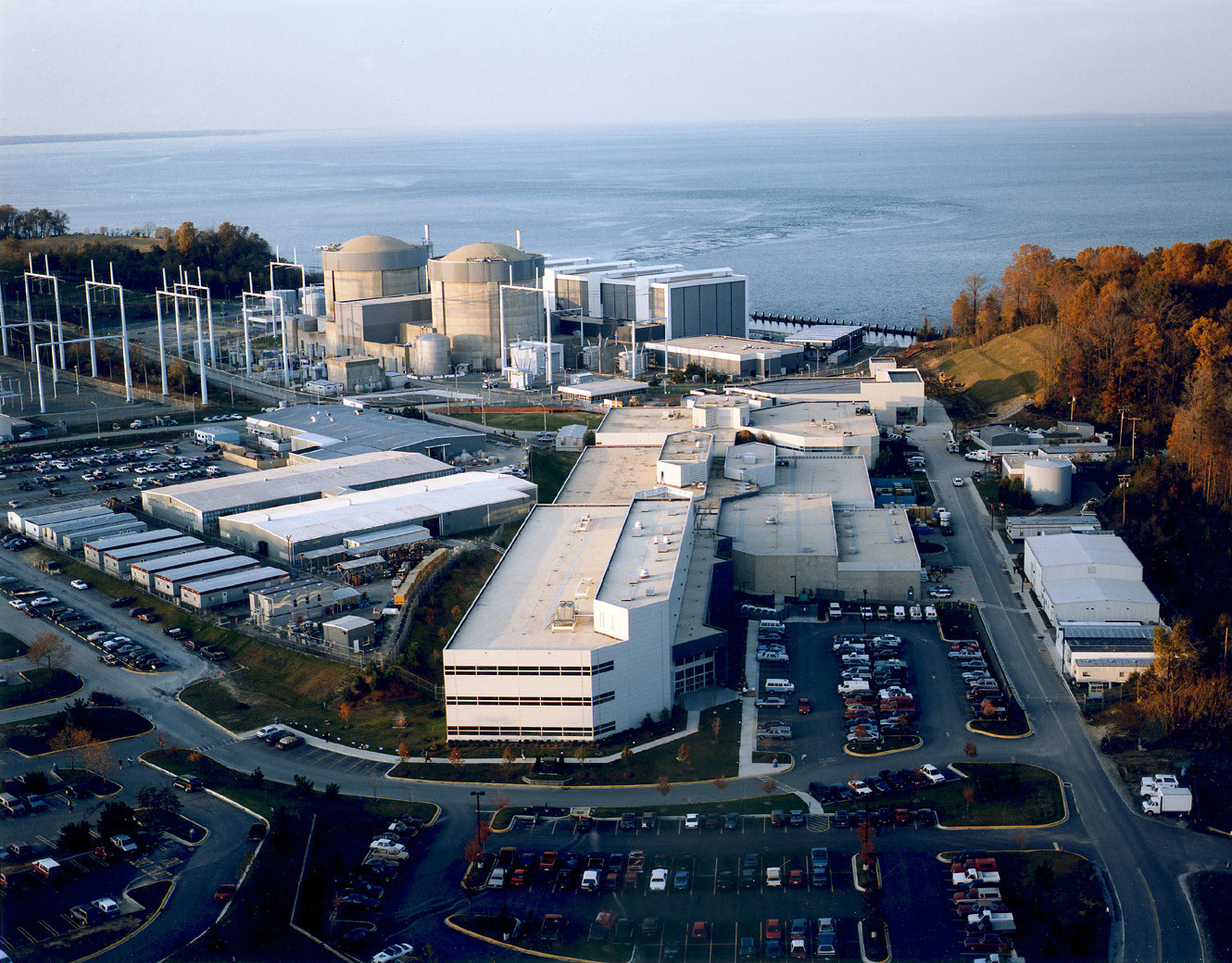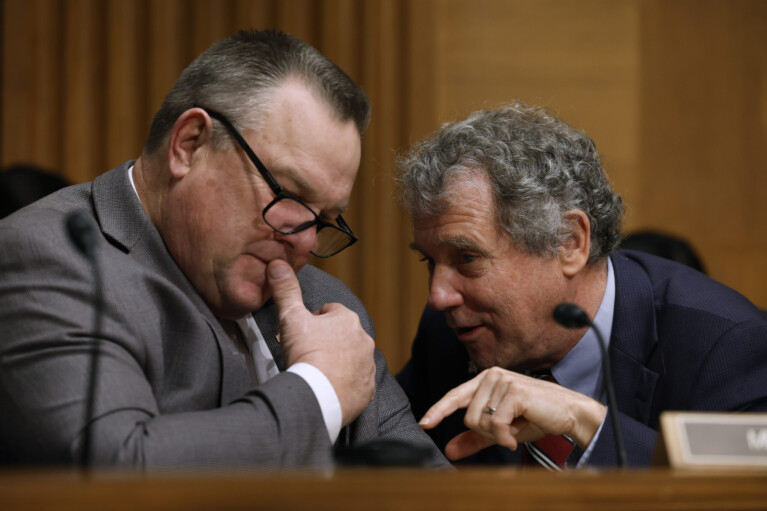Transit Advocates Sound Alarm on Possible Budget Cuts

Despite a dip in projected state spending over the next six years, state leaders are defending their commitment to mass transit, calling it historic and robust.
The statements from Gov. Lawrence J. Hogan Jr. (R) and top transportation officials come amid criticism from a citizens group that faults the state for cutting the Maryland Transit Administration’s capital budget.
The $345 million in reductions over the next six years are contained in the 2020-2025 Capital Transportation Program, a budget blueprint that the Maryland Department of Transportation released this week.
The draft CTP will be the subject of a two-month “Annual Fall Tour” with local officials, which some refer to as the “road show.” Those meetings take place between mid-September and mid-November around the state.
In a news release circulated by the Central Maryland Transportation Alliance, Del. Brooke E. Lierman (D-Baltimore City) said the drop in capital funding — money for new buses, rail cars and other system expansions — reflects a failure of vision.
“This draft CTP does not reflect progress towards meeting MTA’s immediate, pressing maintenance needs, or the needs of the region’s commuters for a system that connects us more effectively and helps grow the economy,” she said.
“Better transit has the potential to change our region’s trajectory, and we must take action now or transportation will continue to be a major challenge for residents and employers.”
Speaking at a Purple Line event in Prince George’s County on Thursday, Hogan offered a robust defense of his administration’s record.
“In Maryland, we have taken a balanced approach, an all-inclusive approach, to infrastructure,” he said. “We have invested $14 billion in transit, more than any other administration in Maryland history — and we have moved forward on nearly every single one of the highest-priority transportation projects in every single jurisdiction.”
In a written statement provided to Maryland Matters Thursday evening, MDOT Secretary Pete K. Rahn said the reduction in proposed transit spending is in part a reflection of the agency’s progress and efficiency.
“The reduction is due to increased operating transit expenditures and delivering on a record construction program in record time so the projects are no longer in the CTP.”
In an interview, Rahn noted that the state spends 42 percent of its transportation budget on transit, even though only 8.5 percent of the state’s residents use bus and rail service to get to work.
“So the statement by some that we are shortchanging transit is just not true,” he said. “We are making substantial investments in transit.”
Rahn said the state’s roads network receives 32 percent the budget, “even though 82 percent of the trips in the state are by highway.”
“When you put transit users’ revenues and expenditures into context, I believe, as an administration, we are making a huge investment, a disproportionate investment,” he said.
Rahn noted that fewer Marylanders use transit than walk, bike and telework.
Brian O’Malley, president and CEO of the Central Maryland Transportation Alliance, insists the comparison of last year’s CTP to this year’s represents a bad deal for commuters.
“MDOT is not only failing to fund needed for maintenance for MTA, they have halted the planning and construction of all transit expansion other than the Purple Line,” he said in a statement.
“Needed projects like the Baltimore Red Line, Bayview MARC station, or the MARC Northeast Maintenance Yard have been cut in recent years, and have not been replaced with projects meeting critical needs for east-west mobility or greater regional connectivity.”
Hogan angered Baltimore leaders and residents when he cut the Red Line, a long-planned project that had already qualified for hard-to-obtain federal funds. But his push for a dedicated source of funding for the Washington, D.C., region’s Metro system — a historic first for that agency — was hailed as a major breakthrough.




 Creative Commons Attribution
Creative Commons Attribution